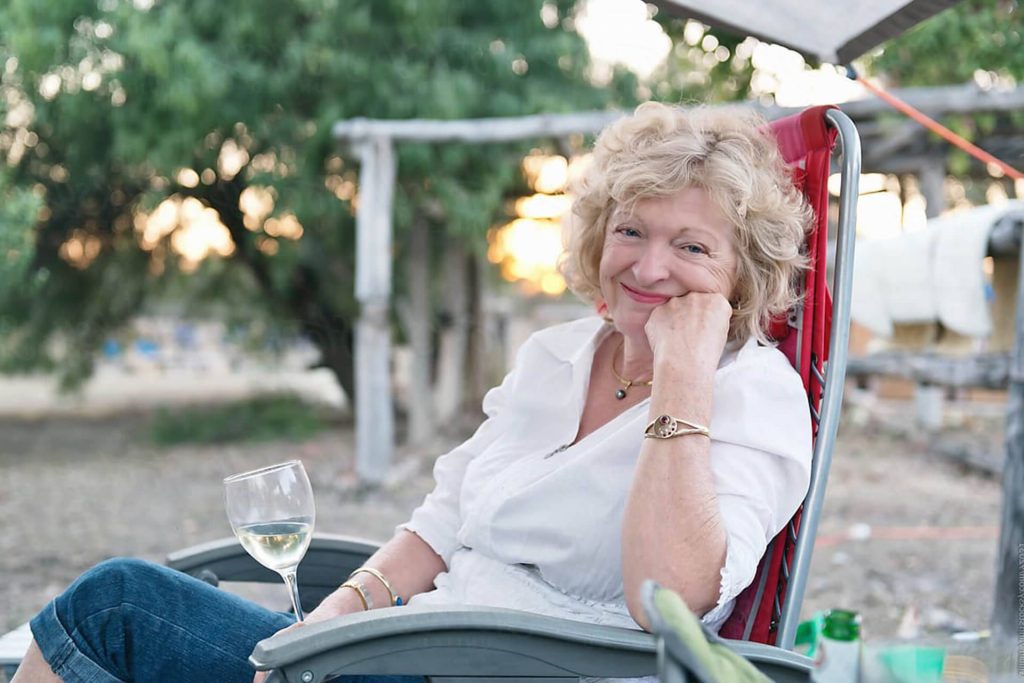Navigating Senior Care: How to Choose the Right Living Option for Your Loved One
As our loved ones age, the conversation around their care becomes increasingly important—but also more complex. With terms like “assisted living,” “memory care,” “board and care,” and “hospice” often thrown around interchangeably, many families feel overwhelmed trying to understand what each option means and which one fits best. This guide breaks down the different types of senior living options and helps families make informed, compassionate choices.
Recognizing the Signs It’s Time to Start Looking
It often starts subtly: missed medications, increased forgetfulness, or difficulty managing daily activities. Eventually, families realize that mom or dad may no longer be safe—or happy—living alone. Recognizing the signs early can give families time to plan instead of reacting during a crisis.

When my dad started forgetting to take his medications and stopped attending his weekly poker nights, I knew something had to change. I had no idea where to start—assisted living, board and care, memory care—it was all so overwhelming. But once we sat down and talked through his specific needs, everything became clearer. Finding the right place wasn’t just about safety—it was about dignity, companionship, and quality of life. Now, he’s in a community where he’s thriving, and I sleep better knowing he’s cared for and content.
- Laura M., daughter and caregiver
Memory Care: Specialized Support for Dementia and Alzheimer’s
Memory care is a more specialized form of assisted living designed for individuals with dementia-related conditions. These facilities are secure, with trained staff who understand cognitive decline. Programs are structured to promote memory retention and emotional well-being, often including music therapy, reminiscence activities, and sensory stimulation.

Board and Care Homes: Intimate and Personalized
Often located in residential neighborhoods, board and care homes (also known as residential care homes) house 4 to 6 residents in a home-like setting. These are great options for seniors who need more one-on-one attention but prefer a quieter, less institutional environment. These homes provide the same level of care as assisted living but in a more intimate setting.
Hospice and End-of-Life Planning
When a loved one is facing a terminal illness, families must shift focus from recovery to comfort. Hospice care offers physical, emotional, and spiritual support for patients and their families, whether in a facility or at home. It’s about preserving dignity, relieving pain, and creating space for meaningful closure.
What to Look for During Tours
When visiting potential facilities, pay attention to cleanliness, staff demeanor, resident interactions, and overall atmosphere. Ask about staff-to-resident ratios, emergency protocols, medication administration, and enrichment programs. Take photos, ask questions, and return for a second visit—preferably unannounced.
The Role of a Placement Specialist
A senior placement specialist helps families navigate this emotionally charged process. They conduct personalized assessments, vet local care homes, and act as advocates, ensuring that the chosen community aligns with medical, emotional, and financial needs. Best of all, their services are often free to the family—the care home pays a referral fee.
Financial Considerations and Planning
Costs vary widely depending on location, services, and level of care required. While Medicare doesn’t cover long-term care, some costs may be offset by long-term care insurance, VA benefits, or Medi-Cal in California. A placement specialist can also help families find communities within budget.

The Emotional Side of the Decision
Guilt, grief, relief, and anxiety are common emotions during this transition. Open, empathetic communication with your loved one—and among family members—is crucial. Framing the move as a way to enhance safety and quality of life can help ease the transition.
Choosing the right senior living option isn’t just a logistical decision—it’s deeply personal. By understanding the spectrum of care options and seeking the right guidance, families can feel confident they’re doing what’s best for their loved ones, both now and in the future.


